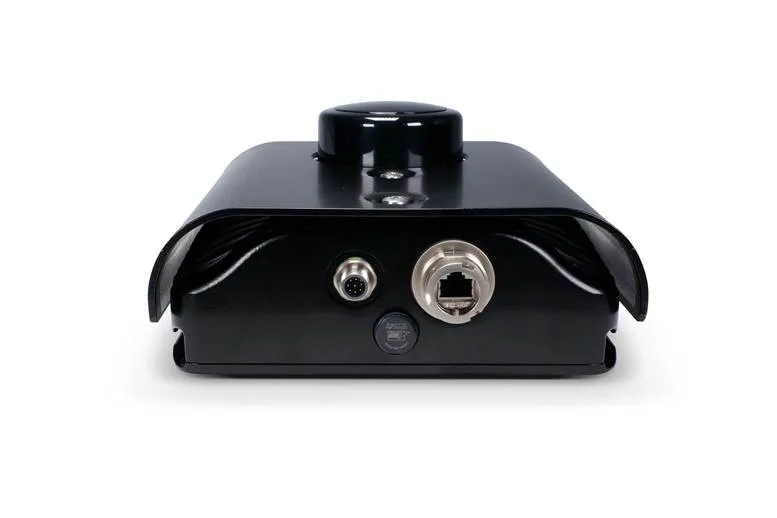The Gazelle camera series from Point Grey debuts with 2.2 and 4.1 megapixel monochrome models based on the high sensitivity CMOSIS CMV2000 and CMV4000 global shutter CMOS sensors. With a Camera Link digital interface in Base (2-tap) and Full (8-tap) configurations, the 2.2 megapixel model outputs 2048x1088 resolution images at a maximum rate of 280 FPS, while the 4.1 megapixel model outputs 2048x2048 images at 150 FPS.
January 25, 2012
Read time: 1 min

The Gazelle camera series from 541 Point Grey debuts with 2.2 and 4.1 megapixel monochrome models based on the high sensitivity CMOSIS CMV2000 and CMV4000 global shutter CMOS sensors. With a Camera Link digital interface in Base (2-tap) and Full (8-tap) configurations, the 2.2 megapixel model outputs 2048x1088 resolution images at a maximum rate of 280 FPS, while the 4.1 megapixel model outputs 2048x2048 images at 150 FPS.
The Gazelle features the same compact housing as Point Grey's popular Grasshopper camera, which measures just 44 x 29 x 58 mm in size. A host of features are included for customising imaging applications, including opto-isolated GPIO for industrial triggering and strobe output, pixel binning and region of interest modes, and user configuration sets for custom default settings.
The Gazelle features the same compact housing as Point Grey's popular Grasshopper camera, which measures just 44 x 29 x 58 mm in size. A host of features are included for customising imaging applications, including opto-isolated GPIO for industrial triggering and strobe output, pixel binning and region of interest modes, and user configuration sets for custom default settings.









